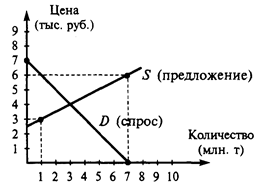Archaic and Obsolete Words
These words stand close to the "learned" words, particularly to the modes of poetic diction. Learned words and archaisms are both associated with the printed page. Yet, as we have seen, many learned words may also be used in conversational situations. This cannot happen with archaisms, which are invariably restricted to the printed page. These words are moribund, already partly or fully out of circulation, rejected by the living language. Their last refuge is in historical novels (whose authors use them to create a particular period atmosphere) and, of course, in poetry which is rather conservative in its choice of words. Thou and thy, aye ("yes") and nay ("no") are certainly archaic and long since rejected by common usage, yet poets use them even today. (We also find the same four words and many other archaisms among dialectisms, which is quite natural, as dialects are also conservative and retain archaic words and structures.) Numerous archaisms can be found in Shakespeare, but it should be taken into consideration that what appear to us today as archaisms in the works of Shakespeare, are in fact examples of everyday language of Shakespeare's time. There are several such archaisms in Viola's speech from Twelfth Night: "There is a fair behaviour in thee, Captain, And though that nature with a beauteous wall Doth oft close in pollution, yet of thee I will believe thou hast a mind that suits With this thy fair and outward character. I prithee — and I'll pay thee bounteously — Conceal me what I am, and be my aid For such disguise as haply shall become The form of my intent..." (Act I, Sc. 2) 32 Further examples of archaisms are: morn (for morning), eve (for evening), moon (for month), damsel (for girl), errant (for wandering, e. g. errant knights), etc. Sometimes, an archaic word may undergo a sudden revival. So, the formerly archaic kin (for relatives; one's family) is now current in American usage. The terms "archaic" and "obsolete" are used more or less indiscriminately by some authors. Others make a distinction between them using the term "obsolete" for words which have completely gone out of use. The Random House Dictionary defines an obsolete word as one "no longer in use, esp. out of use for at least a century", whereas an archaism is referred to as "current in an earlier time but rare in present usage". [46] It should be pointed out that the borderline between "obsolete" and "archaic" is vague and uncertain, and in many cases it is difficult to decide to which of the groups this or that word belongs. There is a further term for words which are no longer in use: historisms. By this we mean words denoting objects and phenomena which are, things of the past and no longer exist.
|




